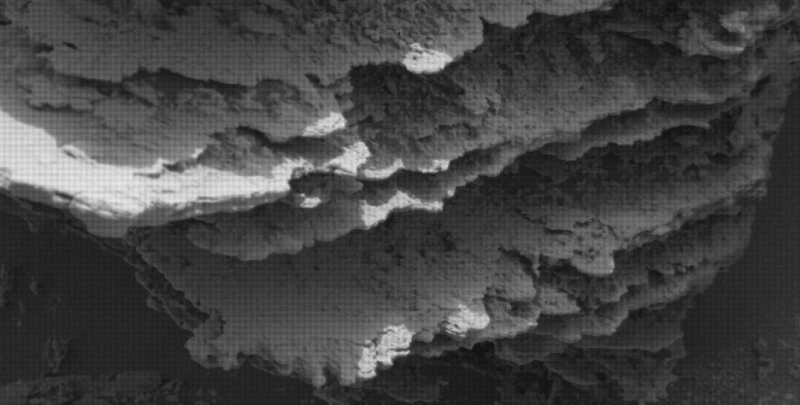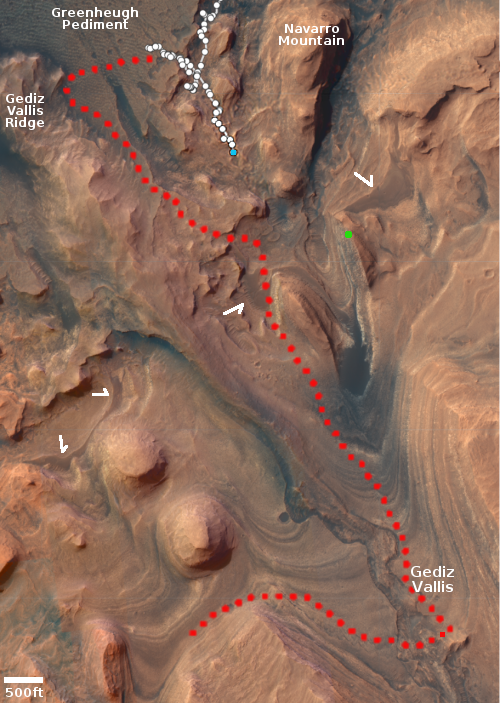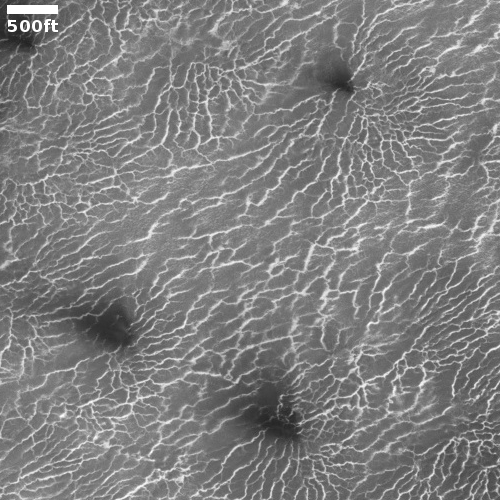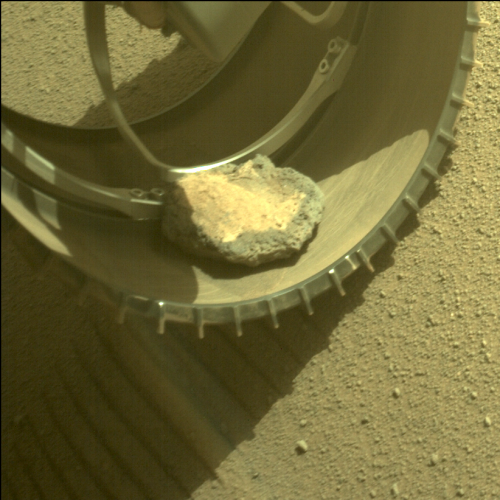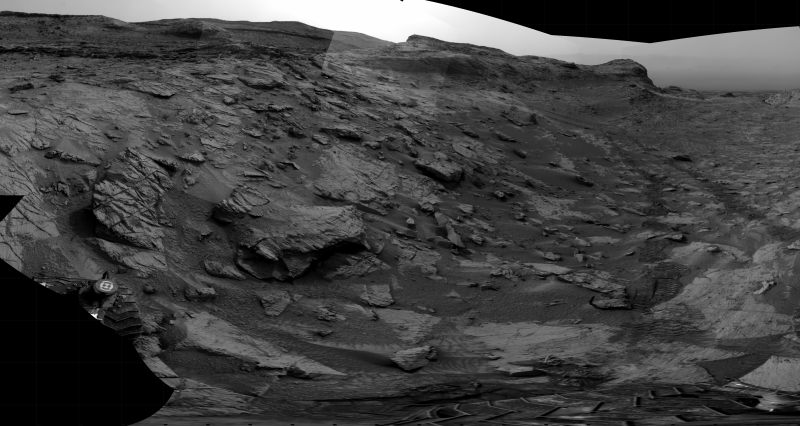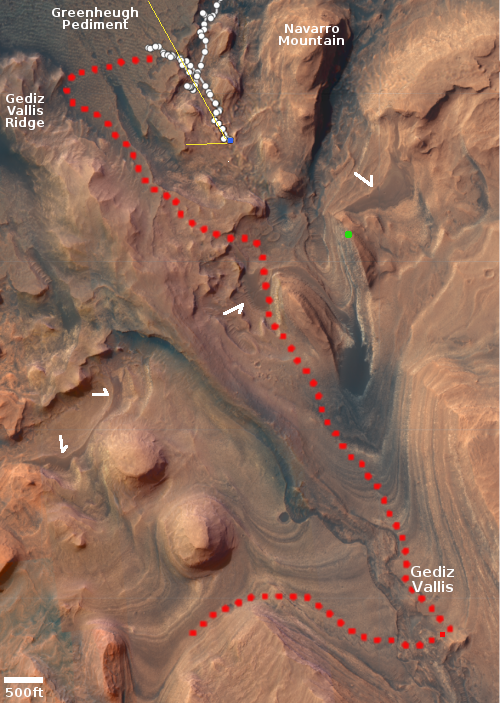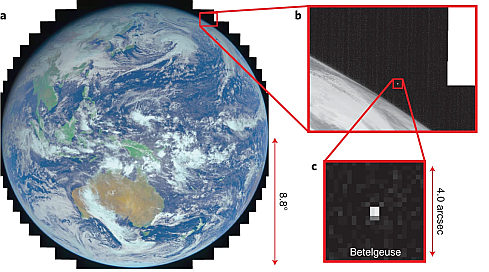Webb gets its first large micrometeoroid impact
In a carefully worded press release this week, NASA revealed that one segment of the primary mirror of the James Webb Space Telescope had been hit by a micrometeoroid.
Between May 23 and 25, NASA’s James Webb Space Telescope sustained an impact to one of its primary mirror segments. After initial assessments, the team found the telescope is still performing at a level that exceeds all mission requirements despite a marginally detectable effect in the data. Thorough analysis and measurements are ongoing. Impacts will continue to occur throughout the entirety of Webb’s lifetime in space; such events were anticipated when building and testing the mirror on the ground.
The reason such events were expected is because — unlike most telescopes (including Hubble) — Webb’s mirrors are not enclosed in a tube for protection. To do so would have made the telescope far too expensive to build or launch.
After describing in great detail all the work done prior to launch to anticipate such hits and deal with them, the press release then mentioned this fact almost as an aside:
This most recent impact was larger than was modeled, and beyond what the team could have tested on the ground.
Localized damage to the primary mirror of any telescope is not unusual. With ground-based telescopes such issues are not infrequent and easily worked around. The same applies to Webb. The engineers will calculate how to calibrate this particular segment to minimize distortion from the impact.
However, that the telescope experienced a hit larger than ever modeled, so soon after launch, suggests that those models were wrong, and that larger and more frequent hits can be expected. If so, this could be very worrisome, as over the long run it could shorten the telescope’s life in space significantly.
In a carefully worded press release this week, NASA revealed that one segment of the primary mirror of the James Webb Space Telescope had been hit by a micrometeoroid.
Between May 23 and 25, NASA’s James Webb Space Telescope sustained an impact to one of its primary mirror segments. After initial assessments, the team found the telescope is still performing at a level that exceeds all mission requirements despite a marginally detectable effect in the data. Thorough analysis and measurements are ongoing. Impacts will continue to occur throughout the entirety of Webb’s lifetime in space; such events were anticipated when building and testing the mirror on the ground.
The reason such events were expected is because — unlike most telescopes (including Hubble) — Webb’s mirrors are not enclosed in a tube for protection. To do so would have made the telescope far too expensive to build or launch.
After describing in great detail all the work done prior to launch to anticipate such hits and deal with them, the press release then mentioned this fact almost as an aside:
This most recent impact was larger than was modeled, and beyond what the team could have tested on the ground.
Localized damage to the primary mirror of any telescope is not unusual. With ground-based telescopes such issues are not infrequent and easily worked around. The same applies to Webb. The engineers will calculate how to calibrate this particular segment to minimize distortion from the impact.
However, that the telescope experienced a hit larger than ever modeled, so soon after launch, suggests that those models were wrong, and that larger and more frequent hits can be expected. If so, this could be very worrisome, as over the long run it could shorten the telescope’s life in space significantly.

